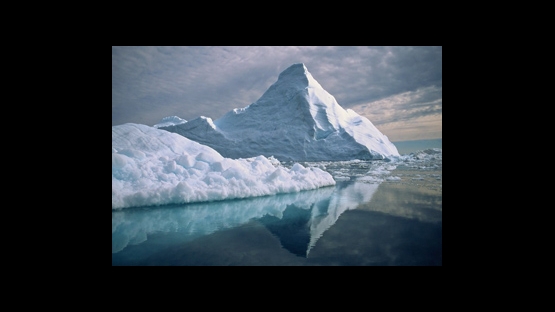Studies show that some of the areas most vulnerable to climate change are the Earth's polar and mountainous regions. Though they can be geographically very different, these cold regions fundamentally share the characteristics of what is known as the cryosphere: covered with frozen soil, snow and glaciers and with a fragile land-water ecosystem equilibrium. Climate change is having a rapid and drastic impact in these regions, with glaciers retreating (and in some cases disappearing entirely) and polar ice sheets melting into the sea at an alarming rate, leading to rising sea levels.
The damage to these environments is not just a source of worry for scientists and environmentalists, but for the international community, as the impact is putting food and water security at risk. Mountain communities do depend on glaciers for drinking water, agriculture, energy and tourism, and with the depletion of such resources, the repercussions are serious.
Like a time capsule, the isotope ratios of soils and ice in polar and mountainous regions are famous for revealing the secrets of the Earth's past. These same soils and ice could now warn us of future environmental threats.
From 2 to 6 June 2014, experts from around the world came to the IAEA's Vienna headquarters to push ahead with a Technical Cooperation Project on Assessing the Impact of Climate Change and its Effects on Soil and Water Resources on Polar and Mountainous Regions. The project, which kicked off in 2013 with an expert workshop organised by the IAEA, aims to improve understanding of the impact of climate change on fragile polar and mountainous ecosystems on both a local and global scale, to help enhance agricultural water and soil management.
The project's main goal is to examine the impact of climate change on the cryosphere, and on land-water ecosystem quality in polar and mountainous regions. IAEA Member States participating in the project plan to investigate the following 12 benchmark sites on six continents: Castle Creek, Canada; Cordillera Blanca, Peru; Intersalar, Bolivia; Torres del Paine, Chile; Zackenberg, Greenland; Aldegonda, Norway; Hohe Tauern, Austria; Elbrus, Russia; Inyichek, Kyrgyzstan; Hengduan Mountain, China; Vakhsh, Tajikistan; and Kilimanjaro, Tanzania.
The IAEA is also cooperating with other international organizations such as the Food and Agricultural Organization (FAO), United Nations University (UNU), United Nations Environmental Programme (UNEP) and European Commission (EC) to form a coordinated strategic partnership to deal with this crucial global challenge. There are currently many projects that study climate change and even glacier retreat, but this project is unique in that it will use a common approach and methods to compare the impact of climate change on land-water ecosystem quality in polar and mountain regions at both local and global level. Using isotope and nuclear technologies, the project will be cost-effective and efficient. Assessment protocols are currently being developed and validated so that sampling campaigns can take place at the different benchmark sites as the project is implemented.
It is hoped that the data and conclusions from this project will not only fill gaps in scientific knowledge, but help policy makers to address this global issue, as well as assist the areas and people affected by climate change by providing reliable and consistent data on the state of polar and mountainous regions around the world.
What's happening to the Earth's polar and mountainous regions is unprecedented in recorded human history, and it is important we learn as much as we can about it. These regions act as indicators for the rest of the planet; the effects of climate change on these colder regions will also be felt in warmer regions in the decades to come.


